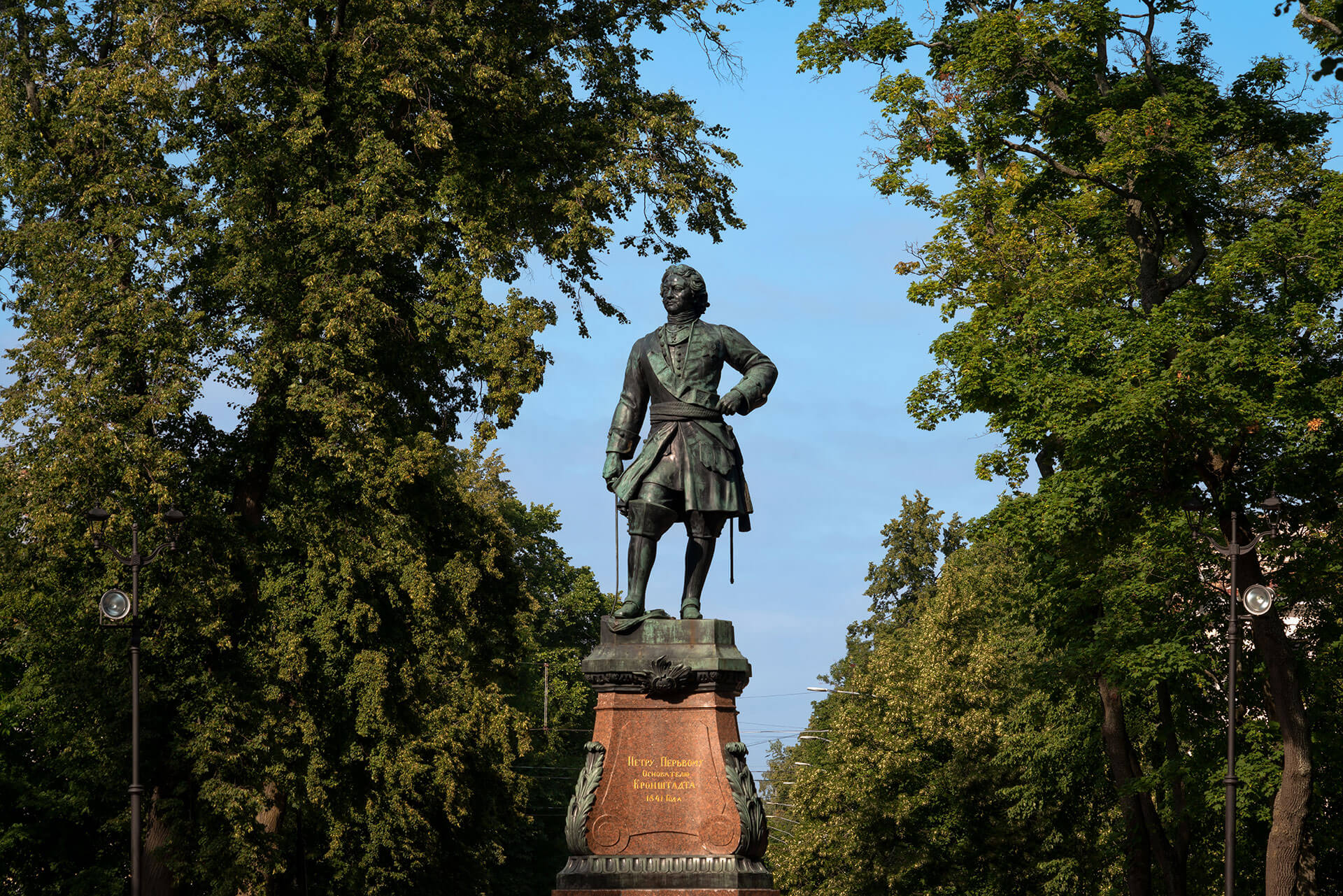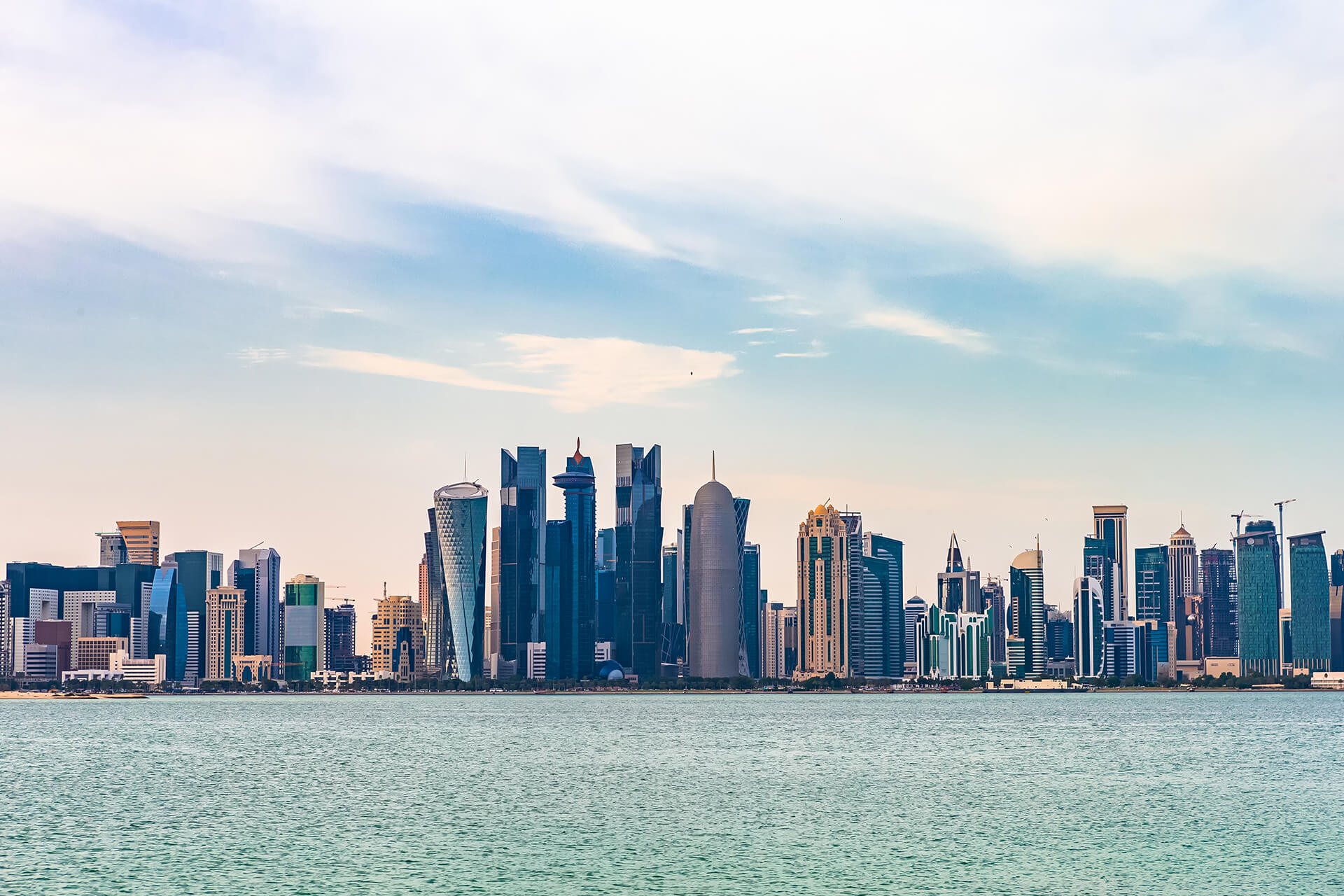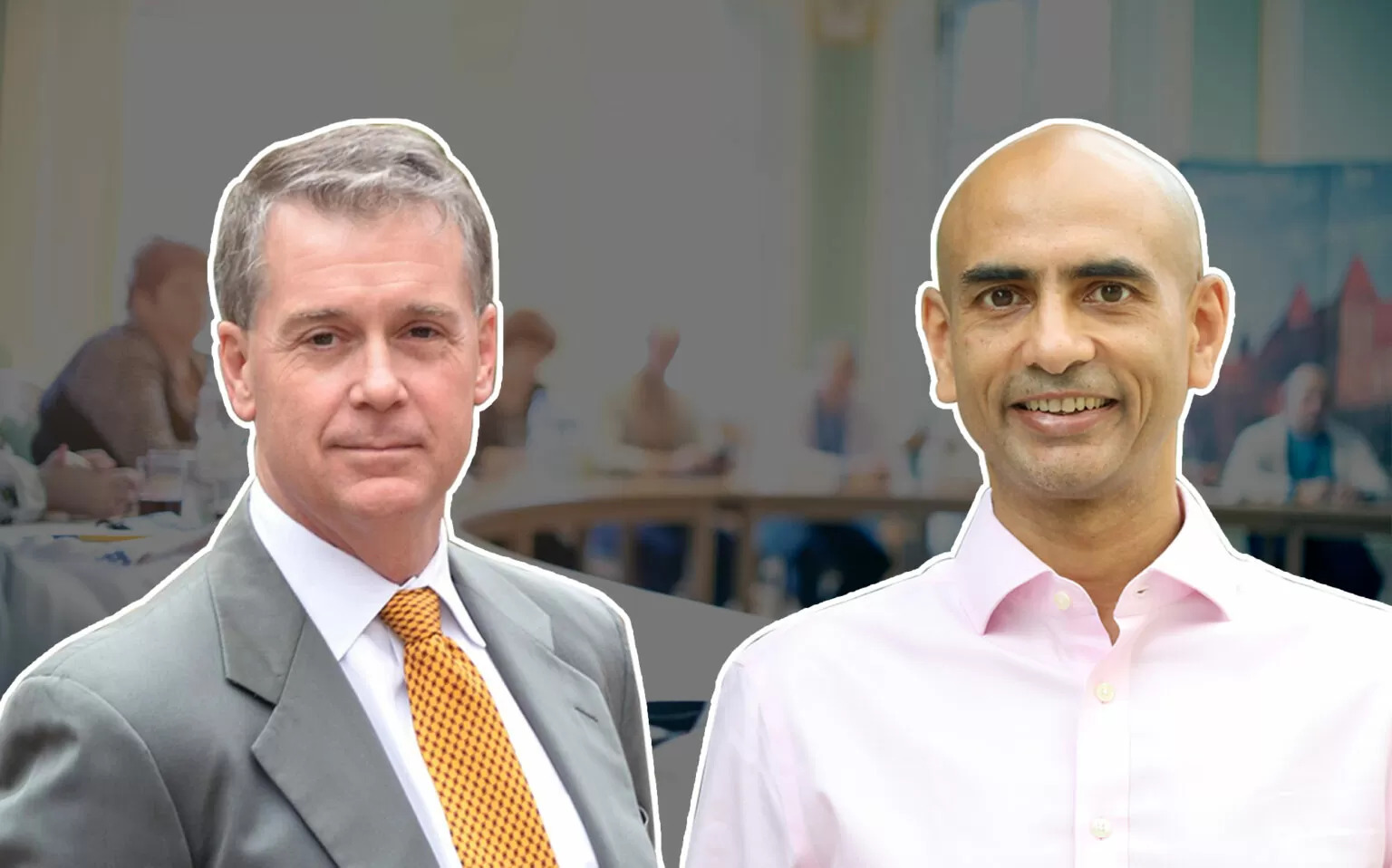Sometimes only crazy ideas make it possible to resolve a war or solve any major problem in the world. This may play out in two ways.
First, the crazy idea, once expressed and shared publicly, begins to influence the thinking of those who have the power of decision-making or at least those with power over the implementation of real outcomes.
Who are these people? They tend to be either diplomats or military strategists. In some cases they are academics or even media celebrities. When some in either of these groups begin toying with one or even multiple crazy ideas, those ideas stop seeming crazy and can provide the groundwork for reaching some form of resolution. They may literally open an Overton window.
The second way a crazy idea may play out is more subtle. Its very craziness can set the stage for imagining other crazy ideas, one of which may point towards an unforeseen resolution. In this age of increasingly standardized discourse—not to say propaganda—this could prove to have a salutary effect.
Most people agree there is no lack of conflict in today’s world, the most egregious being the war in Ukraine. But there is a growing litany of others worth considering: trade wars, supply chain conflict, cultural conflict, generational clashes, class war, ethnic and religious confrontations, ideological standoffs, currency competition (dollar hegemony, crypto vs. fiat currency), competing economic priorities surrounding the climate crisis. The list expands exponentially as one moves from the global towards the local.
The context of today’s Crazy Idea
Topic: the war in Ukraine.
This week in Vilnius, Lithuania the leaders of NATO will meet to deliberate presumably on two topics:
- The state of the war, which, despite official denials, no one can legitimately deny is a proxy war between NATO, led by the US, and Vladimir Putin’s Russia,
- Ukraine’s eventual membership in NATO.
From NATO’s point of view, the real stakes are Russia’s influence in the world; from Russia’s, they are its regional security. NATO claims the conflict is about Ukraine’s sovereignty and nothing else. Russia claims it’s about the denazification of Ukraine and the security of ethnic Russians in eastern Ukraine. Those official formulations on both sides reflect only one small aspect of the real issue, which is geopolitically complex.
No one can predict at the beginning of this week how NATO will assess the state of a war that appears to be increasingly unfavorable on the ground to the NATO-Ukrainian cause. Will this provoke a timid move towards conciliation of a doubling down of NATO’s commitment with the risk of edging ever closer to nuclear confrontation?
It appears that the conference will seek to arrive at a definitive consensus on the principle of admitting Ukraine into NATO, but only after a formal peace is achieved. Because for the moment there is no prospect for negotiation of a peace deal, the idea of Ukraine joining NATO, even if unanimously approved, remains something of a pipe dream. What will Ukraine look like after a peace deal? Will it even exist as a viable political entity? So long as no serious discussions about discussions of peace are underway, that question has no meaning.
Today’s Crazy Idea
A crazy idea is one that no one in politics or the media dares for the moment to enunciate, even if the thought may have crossed some people’s minds. Crazy ideas tend to be simple in their basic formulation. If taken seriously and ultimately implemented they acquire several degrees of complexity, but the basic idea becomes the driving force behind whatever solution emerges.
The basic form of today’s crazy idea is that NATO decides not just to admit Ukraine to NATO but also Russia.
That sounds preposterous, and it is preposterous, given the attitudes of the major actors. But as I pointed out last week, there are two historical precedents, in 1954 and 1999. On both of those occasions the Moscow government – the USSR in the first case, Russia in the second – expressed a desire to be part of NATO.
Why it may not be so crazy
The two historical precedents, both categorically refused by the US, demonstrate that the status of such an idea can be described as objectionable but not unthinkable. That’s an important distinction. If the right people are allowed to think freely about it, it can potentially become viable.
If both Russia and Ukraine were invited to join NATO, it would have an effect similar to what happened after the initial creation of NATO in 1949. It would eliminate the risk of armed conflict between any two nations in the organization and would thus guarantee Ukraine’s security and eliminate Russia’s perception of NATO as an existential threat. Borders could be redefined, as required, in a spirit of mutual respect and indivisible security.
Though the US has never looked kindly upon Russian integration into Europe because it would threaten the balance of economic power that since World War II has been massively skewed in favor of the US, Russia’s association with European security could pull it away from China, serving to isolate the Beijing and break up the growing alliance between the two historical superpowers.
Why it’s just crazy enough not to be taken seriously
Foreign policy experts in the US have studied the theory elaborated more than a century ago by the British geographer and politician, Halford Mackinder. As an original geopolitical thinker at the height of the British empire’s extension across the globe, Mackinder described the Eurasian landmass as “the world island” and resoundingly announced his heartland principle: “Who rules East Europe commands the Heartland; who rules the Heartland commands the World-Island; who rules the World-Island commands the world.
In his 1998 book The Grand Chessboard, President Jimmy Carter’s foreign policy advisor, Zbigniew Brzezinski, who was deeply familiar with Mackinder’s theory, designated Ukraine as an “important space on the Eurasian chessboard.” In other words, foreign policy wonks in Washington have long understood that, even as an ally, a greater Europe that could include Russia would constitute Mackinder’s Heartland. It would be far too powerful in relation to the US, militarily and economically, and thus constitute a far greater threat to US hegemony than a rising China, or even—as we’re seeing now—a close alliance between China and Russia.
In other words, the US has a holy fear of the very idea of Russia’s integration into Europe. It has consistently seen Ukraine, rather, as the key to preventing Russia from coupling with Europe.
In contrast, Europeans have been aware of the economic advantages of having a strong relationship with Russia. Germany in particular is now discovering the crippling effects of the US putting in place an new iron curtain cutting it off not only from trade with the East, including restrictions on trade with China, but especially the cheap energy that was a key to the efficiency of German industry.
If they were free to speak their minds, Europeans might well be in favor of the crazy and verboten idea of integrating Russia into a vastly expanded NATO. They may even think that the US would see this as ultimately advantageous. But whatever they think, if indeed they do think after being trained for seven decades to keep their thoughts to themselves, they are not about to express it.
It would not be crazy to suppose that some Europeans, especially those of Old Europe led by Germany and France, are thinking that the more European nations there are in NATO, the easier it will be in a not-too-distant future for Europe to take the reins of NATO, define its own security framework and thereby weaken the influence—which is currently more like domination—of the US.
I’ll repeat what I’ve just said: it would not be crazy to suppose Europeans are thinking along these lines. But it would be absolutely bonkers to suppose that the US is not intent on stopping any move in that direction.
Europe currently has no margin of maneuver, but in a multipolar world intent upon limiting the power of US hegemony, that margin of maneuver could increase and allow for a new configuration of the geopolitical order in which Europe could play a balancing role between the US and China. In today’s world that seems utterly unthinkable, to the point that no sane person other than someone writing a column about crazy ideas would dare to evoke it. But an Afghanistan-style end to the Ukraine war, whether it occurs later this year or 19 years down the line, might end up providing the conditions that could allow that kind of configuration to fall into place.
An appeal to our readers
We at Fair Observer believe that it is incumbent on all of humanity, including our authors and readers, to think about and eventually propose unorthodox and even manifestly illogical approaches to apparently insoluble conflicts. For that reason, we invite you to submit well-reasoned Crazy Ideas that we will regularly publish.
We only ask that your submissions respect the format of this one, with the following four-part structure:
- The context of today’s Crazy Idea
Background on the who, what, when and why that justifies imagining a crazy idea. - Today’s Crazy Idea
A concise formulation of the idea with eventually a paragraph clarifying its meaning. - Why it may not be crazy
An explanation of the factors that make it worth considering, even if it appears utterly unlikely to be applied. - Why it’s just crazy enough not to be taken seriously
Here is where you help readers to understand the redoubtable obstacles to achieving it and the utter unlikelihood of its ever being implemented.
With a bit of luck, the great decision-makers of our crazy world will discover your suggestions and begin to mull them over, eventually integrating them into the sort of modes of thought that could change the world we live in for the better.
The views expressed in this article are the author’s own and do not necessarily reflect Fair Observer’s editorial policy.
For more than 10 years, Fair Observer has been free, fair and independent. No billionaire owns us, no advertisers control us. We are a reader-supported nonprofit. Unlike many other publications, we keep our content free for readers regardless of where they live or whether they can afford to pay. We have no paywalls and no ads.
In the post-truth era of fake news, echo chambers and filter bubbles, we publish a plurality of perspectives from around the world. Anyone can publish with us, but everyone goes through a rigorous editorial process. So, you get fact-checked, well-reasoned content instead of noise.
We publish 2,500+ voices from 90+ countries. We also conduct education and training programs
on subjects ranging from digital media and journalism to writing and critical thinking. This
doesn’t come cheap. Servers, editors, trainers and web developers cost
money.
Please consider supporting us on a regular basis as a recurring donor or a
sustaining member.
Support Fair Observer
We rely on your support for our independence, diversity and quality.
Will you support FO’s journalism?
We rely on your support for our independence, diversity and quality.






